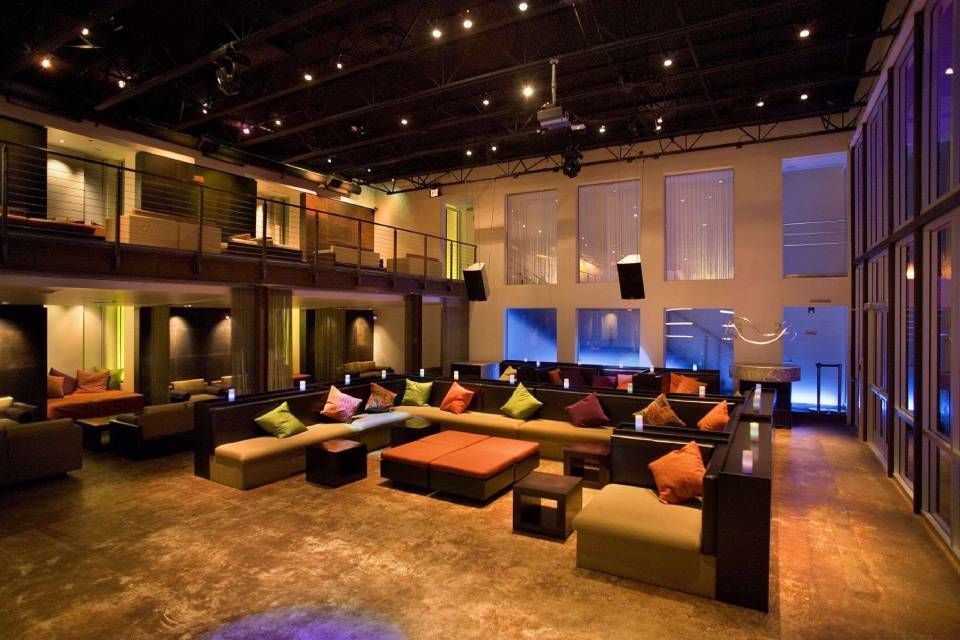Optimal Approaches for Positioning Sound Systems to Maximize Sound Quality and Attendee Engagement in Spacious Locations
Optimal Approaches for Positioning Sound Systems to Maximize Sound Quality and Attendee Engagement in Spacious Locations
Blog Article
Positioning speakers in large venues is essential for guaranteeing high sound quality and engaging the spectators efficiently. The placement of speakers can greatly affect how sound travels throughout the area. When organizing an event, it is essential to consider the location's size, shape, and sound characteristics. Each of these elements plays a crucial role in how audio is distributed and perceived by the spectators. By comprehending these elements, event planners can create an ideal configuration that enhances the overall encounter for everyone involved.
One important factor to take into account is the type of speakers being utilized. Various loudspeakers have distinct characteristics that affect sound quality. For instance, array array loudspeakers are often preferred in spacious venues because they can broadcast sound over extended ranges while maintaining clarity. These loudspeakers are designed to function in unison, allowing audio to reach every corner of the room uniformly. Additionally, bass speakers can be strategically positioned to enhance bass output, making the sound encounter more engaging. Choosing the appropriate mix of speakers is crucial for attaining the best sound clarity.
Another critical factor is the arrangement of the loudspeakers. The placement should be determined on the audience's layout and the location's acoustics. For instance, loudspeakers should be positioned at an suitable height and tilt to guarantee that sound signals hit the audience without deformation. It is also crucial to avoid positioning loudspeakers too close to barriers or edges, as this can create undesired reflections and reduce audio quality. A carefully planned setup can help reduce audio issues and create a more pleasurable listening experience.
In addition to speaker arrangement, sound testing is a vital step in the procedure. Before the occasion begins, performing audio tests allows organizers to identify any potential issues and implement necessary adjustments. This checking should encompass monitoring for feedback, adjusting volume levels, and confirming that all loudspeakers are operating properly. By investing the time to check the audio setup, occasion organizers can ensure that the audio quality meets the audience's expectations and improves their involvement with the event.
Ultimately, spectator involvement can be further improved by considering the overall design of the location. Factors such as seating, illumination, and stage design can all useful site affect how the spectators interacts with the speakers. For example, a brightly illuminated stage can draw focus to the speaker, while comfortable chairs can keep the audience attentive and alert. By establishing an welcoming atmosphere, planners can encourage a connection between the speakers and the spectators, leading to a more memorable and significant event. In conclusion, meticulous planning and consideration of audio clarity and spectator engagement are crucial for successful events in spacious venues.